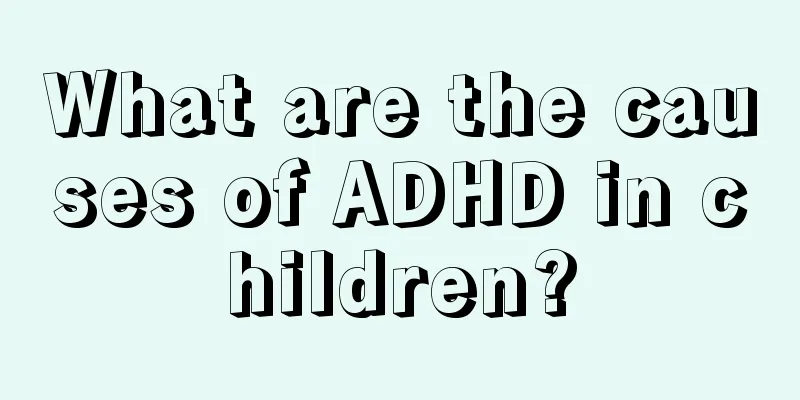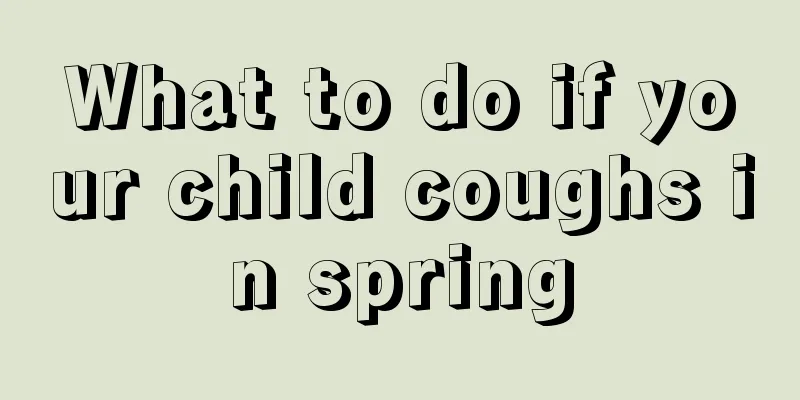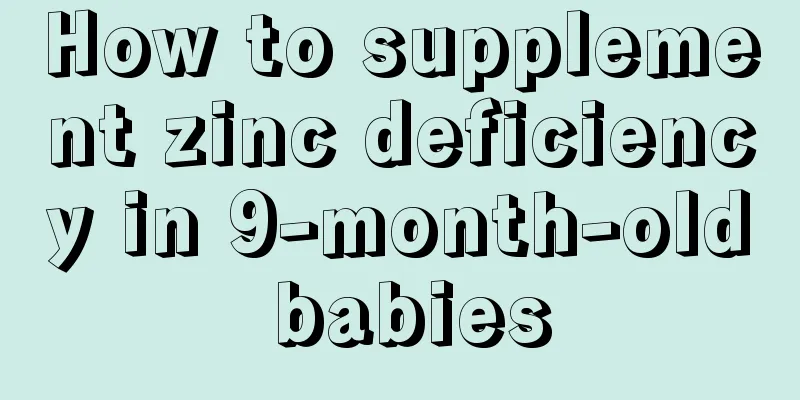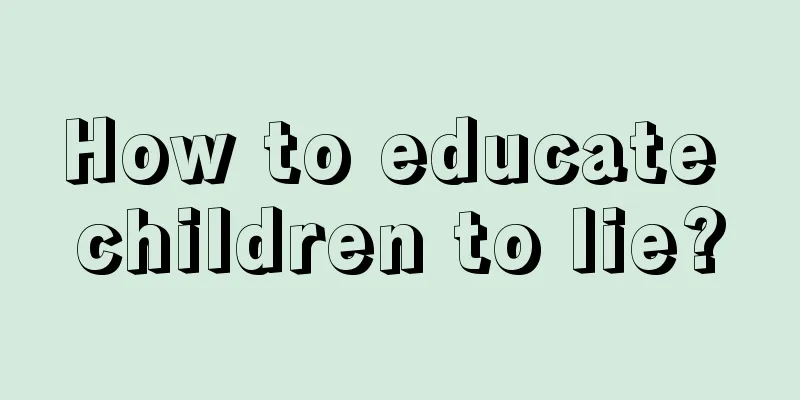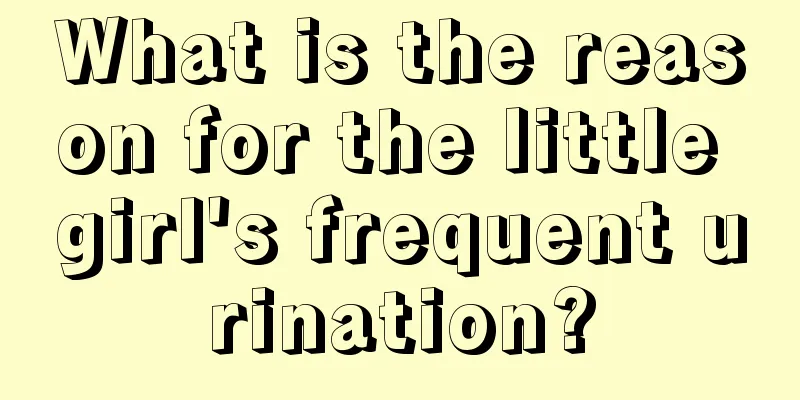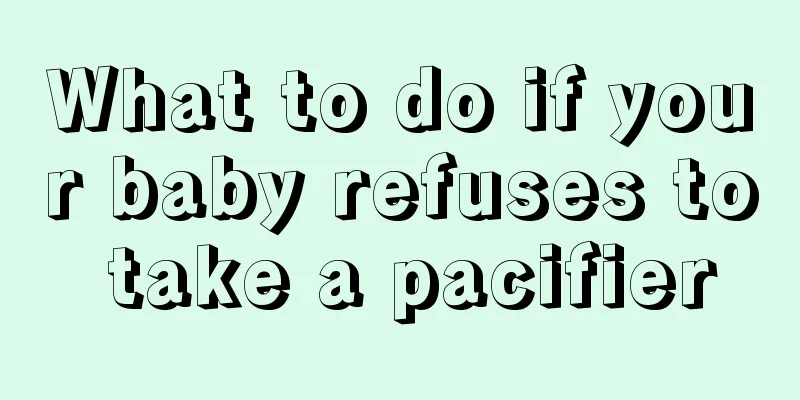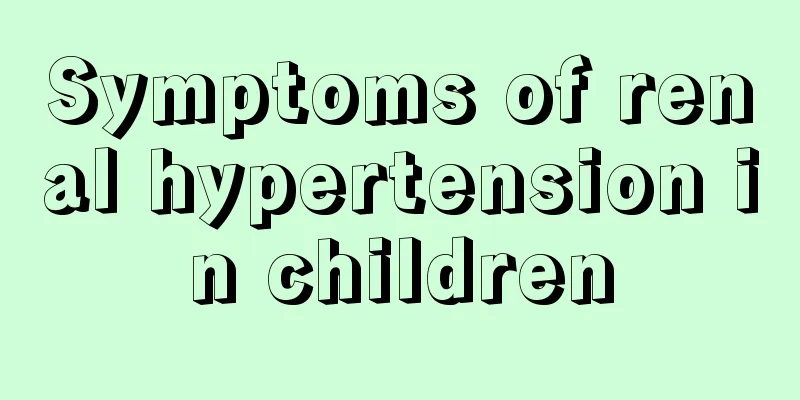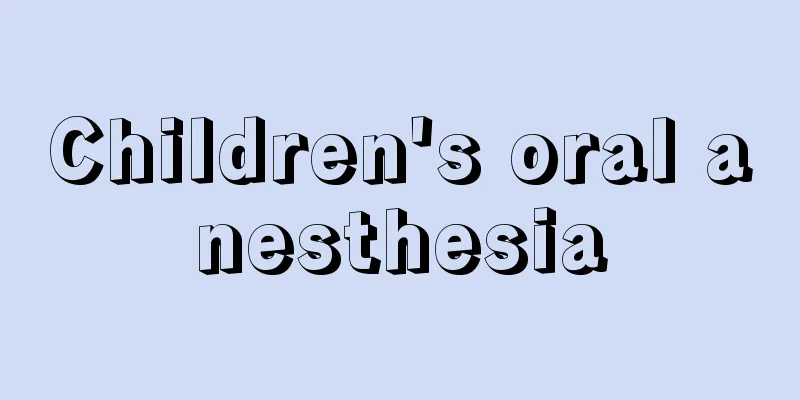Child convulsing in the middle of the night
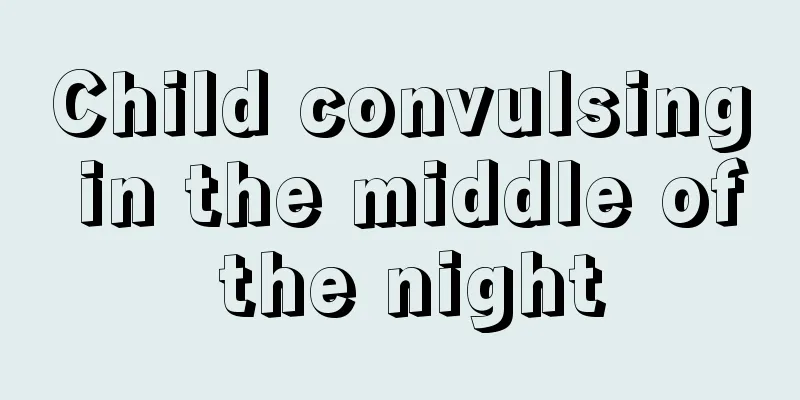
|
If a child has convulsions in the middle of the night, it is likely that the child has some illness, such as fever, hypoglycemia, brain disease, etc., which are the main causes of convulsions in children. Among these, fever accounts for the largest proportion. In order to relieve the symptoms of convulsions in children, parents must remain calm, take some emergency measures, and then send the child to the doctor for treatment when the child has an attack. 1. Different causes and differences of convulsions in children Fever, dehydration, hypoglycemia, brain lesions, trauma, and tumors may all cause convulsions, among which febrile convulsions have the highest incidence rate. Febrile convulsions are mainly caused by the unstable brain nerve functions of infants and young children. The rapid rise in body temperature causes abnormal discharge of brain cells, resulting in sudden unconsciousness, stiff and twitching limbs, foaming at the mouth, drooping eyeballs, blue lips, etc. Febrile convulsions often occur within 24 hours of fever. Most of them are major systemic seizures, and the duration of the seizure is usually within 15 minutes. Febrile convulsions are common in children aged six months to five years old. In Taiwan, the incidence rate among children under six years old is 3-4%. About 20-40% of children with febrile convulsions have family members with a history of febrile convulsions. However, convulsions and fever are not necessarily febrile convulsions. They may also be caused by other serious diseases such as meningitis. They can be distinguished by symptoms that are different from febrile convulsions. The following points are provided for parents' reference: 1. Brain infections such as meningitis and encephalitis are often accompanied by symptoms such as persistent high fever, headache, stiff neck, vomiting, decreased appetite, and drowsiness. As for febrile convulsions, there are usually no obvious symptoms before the convulsion occurs, and sometimes the child’s fever is discovered only after the convulsion occurs. 2. The convulsions caused by febrile cramps are mostly systemic, and rarely occur as in meningitis, brain tumors or cerebral hemorrhage. 3. Children with febrile convulsions usually have good energy after a short sleep after the convulsion, unlike those with meningitis, encephalitis or other problems who suffer from continuous drowsiness. 2. Emergency treatment at home If a child suddenly has convulsions at home, parents must remain calm so that they can help the child. 1. The child should be laid on his side first, and sharp and dangerous objects around should be removed to avoid being hit during an attack. 2. Loosen your clothes and raise your head to keep your airway open. 3. Measure body temperature. If you have a fever, use anal suppositories to reduce the fever immediately. 4. If there is a foreign object in the mouth that is easy to remove, you can clear it out by lying on your side. 5. Please carefully observe the changes in the child's eyes, face, and limbs when he or she is convulsing, such as bilateral or unilateral convulsions, and also pay attention to the length of time the convulsion lasts. 6. Do not give children anything to drink during or immediately after a convulsion to avoid choking. 7. If the convulsion is the first time, the convulsion lasts more than ten minutes, or the convulsion is continuous and the consciousness cannot be restored, seek medical attention urgently. 3. Treatment If you want to treat it properly, you must first find out the cause of your child's convulsions. For children who have a fever and convulsions for the first time, the doctor will ask the parents in detail about the duration of the convulsion, the symptoms of the convulsion and the family history. A detailed medical consultation and blood tests are required. If necessary, cerebrospinal fluid examination or brain scan will be arranged to rule out meningitis, electrolyte imbalance and metabolic diseases. Or other reasons possible. Children who have a fever and convulsions for the first time usually need to stay in the hospital for 6 to 8 hours with an IV drip because there is a possibility of another seizure within a short period of time. If the seizures are acute, anticonvulsant drugs are given intravenously or as rectal suppositories to stop the seizures. Severe, repetitive seizures may require hospitalization. Patients with febrile seizures are scheduled for an EEG examination up to 10 days after the first episode. |
<<: What are the symptoms of calcium deficiency in boys?
>>: The child coughs in the middle of the night
Recommend
How to treat a child’s sore throat that causes fever?
If a child's throat is inflamed, his voice wi...
Why does a three-month-old baby bite his lower lip?
Some babies have abnormal physical phenomena, so ...
The child convulses after falling
In daily life, it is a common phenomenon that chi...
What are the correction methods for amblyopia in children?
Amblyopia in children is a common eye disease in ...
Can I pinch my baby's flat nose to make it taller?
Parents all hope that their children will grow up...
What to eat for children with gastritis
Gastritis in children is a very common gastrointe...
Solution for three-month-old baby who doesn't like to drink water
In the hot summer, if the baby does not like to d...
How to make baby eyelashes thick and long
All mothers hope that their babies can be healthy...
What are the symptoms before your baby starts teething?
We all know that babies have no teeth after they ...
Why does my five-month-old baby have swollen eyes?
The body of a baby around five months old is very...
Oral salt supplement for babies
Salt rehydration solution is a way to help babies...
Children's upper eyelids are red and swollen
No parents want their children to have health pro...
What should I do if my baby always has eczema?
Eczema is a common skin disease that everyone is ...
What are the dangers of picking ears in children?
Many parents like to clean their children's e...
Two-year-old baby has tooth decay
Food is chewed by teeth, which breaks it down int...
